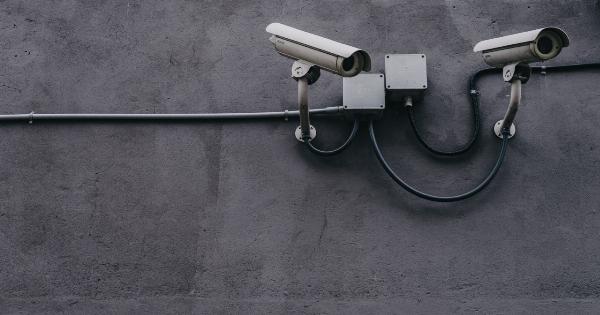The internet has become an integral part of our daily lives, providing a platform for communication, entertainment, socialization, and even education.
However, with the rise of technology and social media comes the increasing prevalence of online harassment. Online harassment can take many forms, including cyberstalking, cyberbullying, trolling, and abuse. It can negatively impact an individual’s mental health, well-being, and even safety.
In this article, we will explore the dangers of online harassment and its potential effects on victims.
Types of Online Harassment
Online harassment can take many different forms, some of which may include:.
- Cyberstalking: This involves harassing an individual through repeated online threats, theft of personal information, or monitoring their online activity without consent.
- Cyberbullying: This is bullying that takes place online through messages, posts, or comments that are hurtful, threatening, or derogatory towards an individual.
- Trolling: This entails intentionally posting comments or content to provoke or upset others, usually for entertainment purposes.
- Revenge porn: This involves sharing explicit photos or videos without the consent of the individual in the content, resulting in embarrassment or harm.
- Hate speech: This involves making derogatory and offensive comments about individuals or groups based on their race, gender, sexual orientation, religion or other characteristics.
Effects of Online Harassment
The impact of online harassment on individuals can be significant and long-lasting. Some of the potential effects of online harassment include:.
- Emotional distress: Online harassment can lead to fear, anxiety, depression, and stress, which can cause difficulty in sleeping, eating, and daily functioning.
- Lower self-esteem: Victims of online harassment may feel a sense of shame, guilt, or blame, which could lead to low self-esteem and confidence.
- Physical harm: Some forms of online harassment can result in physical harm to the individual, particularly if the harasser has access to their personal information or is stalking them.
- Isolation: Victims of online harassment may withdraw from friends, family, and social situations as a result of their distress, making it harder for them to seek support.
- Financial loss: Some forms of online harassment, such as identity theft or hacking, can result in financial loss to the individual.
Preventing Online Harassment
It can be challenging to prevent online harassment entirely, given the anonymity that the internet provides. However, there are steps that individuals and organizations can take to minimize the likelihood of online harassment occurring.
Some of these steps include:.
- Protecting personal information: Individuals should be cautious about the information they share online, such as their home addresses, phone numbers, and email addresses, to prevent them from being accessed by cyberstalkers.
- Using privacy settings: Users should adjust their privacy settings to control who can view their online content and limit access to their profiles.
- Reporting harassment: If an individual experiences online harassment, they should report it to the platform’s administrators and, if necessary, law enforcement agencies.
- Spreading awareness: Education and awareness-raising about the dangers of online harassment can help prevent it from occurring in the first place. Parents, educators, and community organizations can take proactive measures to educate young people about responsible online behavior.
Legal Action Against Online Harassment
Individuals who experience online harassment can take legal action against their aggressors. Many countries have laws that criminalize online harassment, such as cyberstalking, cyberbullying, and hate speech.
Victims can sue their harassers for damages or seek restraining orders that prohibit their harassers from contacting, stalking, or threatening them. Additionally, victims of online harassment may be able to hold social media platforms and website administrators accountable for their failure to prevent or take-down harmful content.
Conclusion
The dangers of online harassment have become increasingly prevalent as the internet and social media continue to influence our daily lives.
Online harassment can have serious effects on victims, including emotional distress, physical harm, and financial loss. However, there are steps that individuals and organizations can take to prevent online harassment from occurring, such as protecting personal information and reporting harassment.
Additionally, victims can seek legal action against their harassers and hold website administrators accountable for harmful content. By raising awareness and taking proactive measures, we can create a safer and more secure online environment for all users.






























